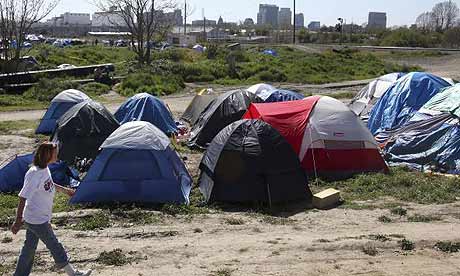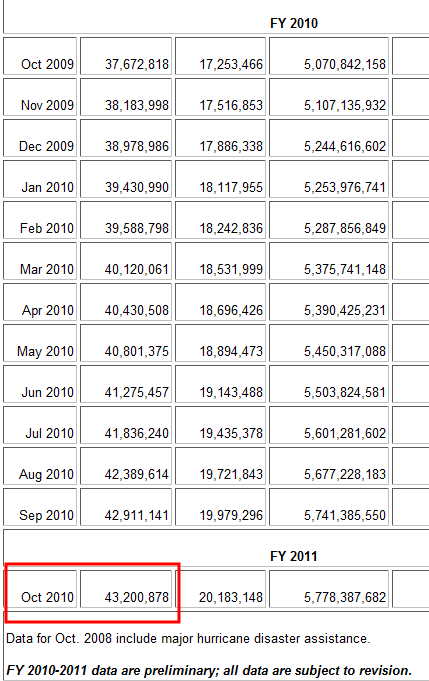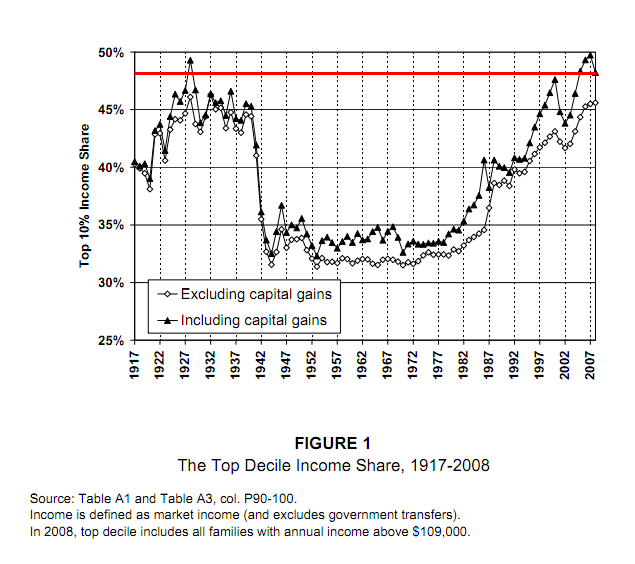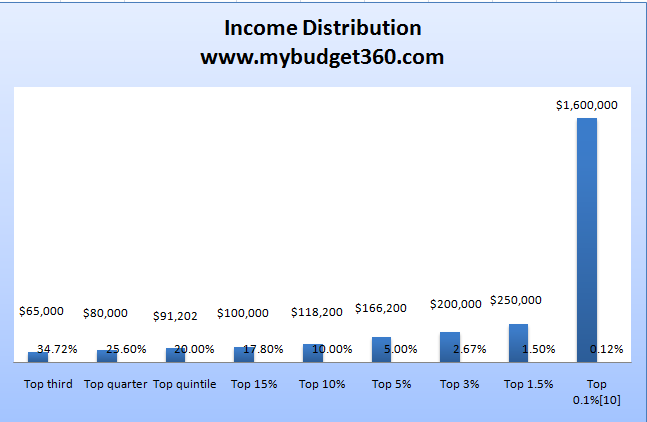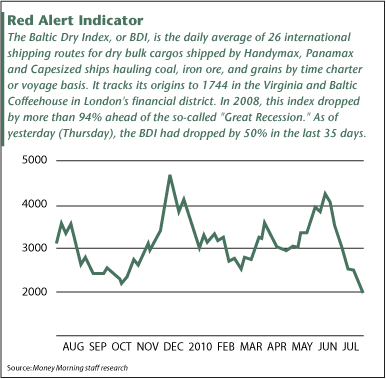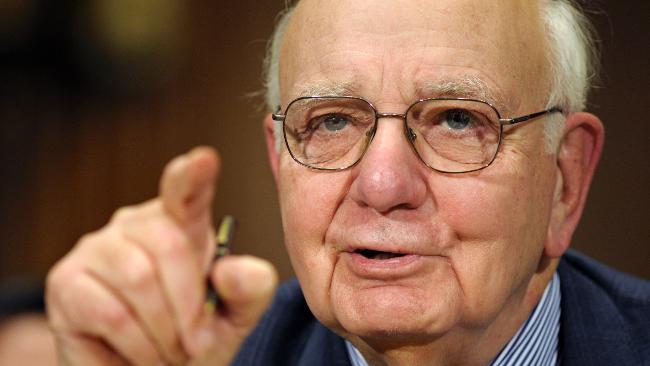The Chinese have decided to devalue the US dollar’s buying power, without devaluing the US Treasury holdings they hold. It is an elegant solution to their issues. It will be interesting to see if they can pull it off, while they try to prop up the European Sovereign debt markets at the same time.
The Chinese are attempting, successfully so far, to introduce the Yuan as a global currency in which to settle international trade. China is pumping into its own internal currency markets so much liquidity, they need an export market to develop for the Yuan or their own internal markets will overheat.
 So China is going to start offering Yuan based savings accounts, to westerners as a vehicle in which to park capital. While this is a test case only, one might expect Yuan based accounts to be offered around the world sooner rather than later.
So China is going to start offering Yuan based savings accounts, to westerners as a vehicle in which to park capital. While this is a test case only, one might expect Yuan based accounts to be offered around the world sooner rather than later.
If western investors take to Yuan based cash accounts as a way to try and gain an increase in value, the transition will drive the western banks to be more proactive in adding convertibility into their systems. To start, they are offering these Yuan accounts at three US based branches.
The US Dollar devaluation will come in the form of an increase in the prices of all products. In reality it will represent the uniform cost push effects of inflation. The US can expect it on all Chinese based products of one form or another. The timing of the change is set to arrive with the products on the US shores in the summer of 2011.
“They’re going to go home with 35 percent less product than for the same dollars as last year,” particularly for fur coats and cotton sportswear, said Bennett Model, chief executive of Cassin, a Manhattan-based line of designer clothing. “The consumer will definitely see the price rise.”
China has no choice at this stage, but to pass on the cost of raw inflation to its customers. The era of cheap Chinese imports is over. The real impacts of higher commodity costs are going to push into the economy at different levels.
 The weather impact on Australia has not hit the Chinese manufacturing capacity yet, but you can expect that diesel will increase significantly in the coming weeks, as China draws upon the world’s spare capacity to fuel their economy this spring.
The weather impact on Australia has not hit the Chinese manufacturing capacity yet, but you can expect that diesel will increase significantly in the coming weeks, as China draws upon the world’s spare capacity to fuel their economy this spring.
The US had warned China to adjust its currency peg with the US, or suffer the consequences. Those consequences are now being going to be return to the US shores as expensive imports of dubious quality.
However, not all nations or economist agree with the stance the US is taking. Robert Mundell, Nobel Prize winning economist, and the proverbial father of the Euro, feels that the US is pushing China too hard in this regard.
Robert Mundell, Professor of Economics, Columbia University, said: “It’s a mistake to have China change the exchange rate. This is a bad way of changing something.
“A big appreciation in China would create deflation, aggravate poverty in the western part of the country, in the rural areas. It would be something that would in the long run come back to haunt China.”
China has no choice but to push the cost of the rising raw commodity prices onto their end consumers. The dirty secret of the runaway commodity bull market that started in the summer of 2010 is how much real inflation is raging inside of the Chinese economy in 2011.
“Four percent, China can bear it — beyond 5 percent, people will complain a lot,” said Huo Jianguo, president of the Chinese Academy of International Trade and Economic Cooperation here.
The Chinese people are reported to be experiencing painful levels of internal inflation on food staples. The hard reality is that in the global trade in fresh produce, requires that energy inflation is quickly pushed through to food prices. The Chinese government has reacted to these increases by rolling out Nixon like price caps on staples.
“Given that food prices are spearheading immediate inflationary pressures, supply-side measures should be more effective than rate hikes,” Qu Hongbin, the co-head of Asian economics research at the international bank HSBC, “There’s no need to panic, as Beijing has more than enough effective policy options to combat inflation.”
The real mark up of inflation will be higher, and across the board for buyers of Chinese products in the spring 2011 for the next Christmas buying season. This is going to introduce expectations of inflation in the US by the spring of 2012.
Victor Fung, the group chairman of Li & Fung in Hong Kong, a 35,000-employee trading company that supplies most of the world’s big retailers with Asian goods, said that contracts signed late last year would produce a jump of 10 to 20 percent in the import prices of consumer goods arriving at American ports by the second quarter of this year.
“By the middle of this year, you’ll see considerable diversion of trade away from China,” which will start to bring down the United States trade deficit with China, Mr. Fung said in an interview.
The Chinese – US bilateral trade will show signs of leveling at a new lower rate, just as the European mess grows worse. This is the Catch-22 China now finds itself in. Europe has grown into China’s most important export market, just as the economy of Europe shudders from the fiscal and monetary policies of the area. China can handle the market adjustment to one of its major export markets, but can it handle both?
The Chinese could find themselves in a situation in 2012 where their largest two export markets have radically changed on them. This leaves their government open to domestic issues concerning the support they are providing to bankrupt western nations.
 The US purchasers for organizations like Wal-Mart are international mercenaries. They will look to relocate their international low margin purchases to nations like Vietnam, the Philippines, and Africa, and to the Mexicali factories, once again.
The US purchasers for organizations like Wal-Mart are international mercenaries. They will look to relocate their international low margin purchases to nations like Vietnam, the Philippines, and Africa, and to the Mexicali factories, once again.
The Chinese are going to find themselves priced out of the low end of the cheap product market. While their factories are the largest in the world and they employ armies of workers, the scale of large numbers is starting to work against the Chinese as a whole.
The increase in prices from most if not all world sources, will drive new changes to the US business models in the near future. It will be interesting to see where China and its exports are in that make up.
Confessions of a Macro Contrarian www.jackhbarnes.com

